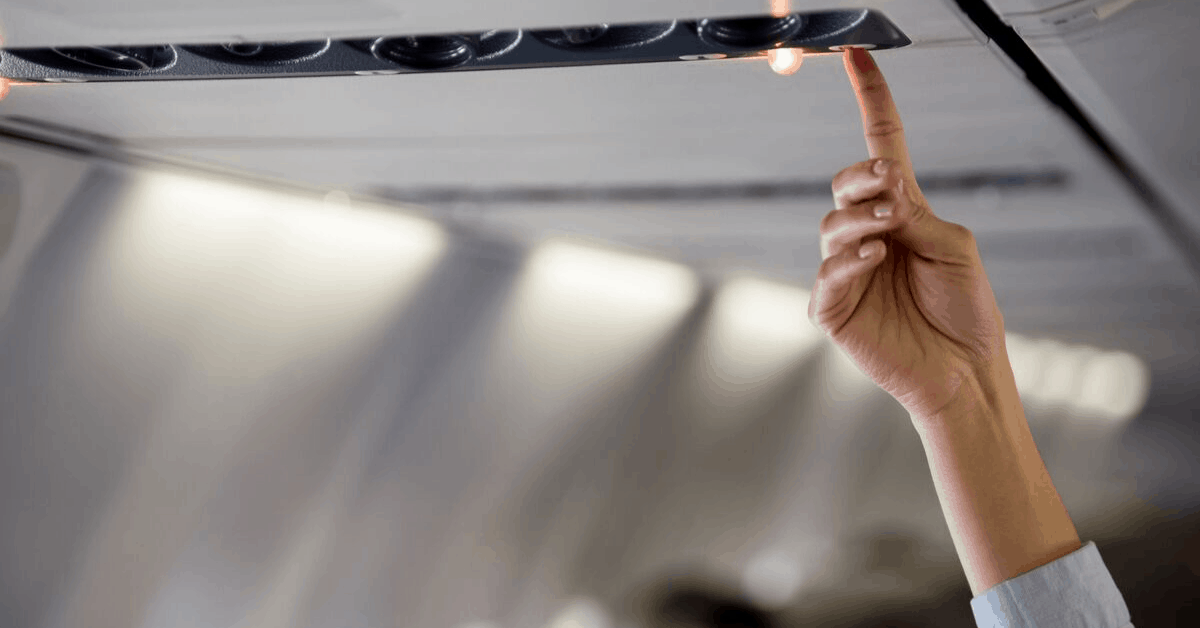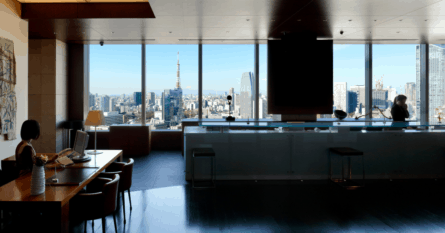Airlines try very hard to create a point of difference for their business-class passengers. Travel expert George Hobica takes a look at some stand-out features across a few notable airlines.

It’s been almost 20 years since British Airways debuted the first fully-lie-flat business-class seat, a unique selling point for the airline to stand out from the pack. While that Club World product has undergone many changes over the years, it’s been eclipsed by more appealing business-class services with airlines in their pursuit of creating the perfect flying environment.
Your seat
BA still has its finger on the pulse. Starting next month, the airline will offer a vastly improved business-class cabin, starting with the Toronto to London and London to Dubai routes, flown by its new Airbus A350-1000 jets.
Gone is the old eight-across seat configuration that required passengers to step over each other and gone is the need to choose whether to face forward or backward.
Since most fliers hate talking to fellow seatmates or even acknowledging their existence (for reasons that escape me) I’ve always thought it odd to have total strangers face each other for eight or more hours while pretending the other person isn’t there. I always raise the plastic privacy screen between seats as soon as possible, an act that could be misconstrued as aggressively antisocial, though it’s usually nothing personal.
The new seats all face forward in a 1-2-1 configuration, so no more awkward glances and mumbled apologies. The aviation blogosphere is besotted with the new BA cabin’s privacy doors, which are about four feet high. But when did flying in a cocoon become such a necessity? What are we trying to hide, or hide from, behind those doors?

Virgin Atlantic also announced a refreshed Upper Class business cabin. But here we take a step backward, or at least I think we do. The old seats, when it was time to sleep, flipped rather than slid down, to reveal a softer surface for sleeping. These seats were developed by Virgin Atlantic and later licensed to Air New Zealand and Singapore Airlines, which still uses them on some planes, but they’ll be phased out on both Virgin and Singapore as newer planes enter the fleets.
I find them much more comfortable to sleep on than I do the “slide down” seats that most airlines use. They also break down less frequently with fewer motors and other moving parts, and weigh less so they’re greener. If you make your guests sleep on a seat meant primarily for sitting, at least provide a mattress pad, as some airlines now do. United, I noticed, on a recent London to Newark flight in a Polaris business class cabin, does not.
Seats are important and being able to “go flat” is the best reason I can think of to pay for business class. You sleep better and you and your back arrive in better shape. But enough about seats. Let’s talk about toast.
Your meal
There are little perks some airlines offer in business class that shows how hard they try to differentiate themselves. Like flying toasters. Not the screen saver that used to pop up on your computer monitor back in the 80s. On Qantas in business class, they’ve installed a toaster that, my cabin crew informed me, costs $40,000 and they make real toast, to order, during the breakfast service.

On Aer Lingus, I noticed, they top up the pre-flight Champagne before take-off, rather than offering a single round like all other airlines I’ve flown; some airlines only serve alcohol once in the air, to avoid paying the taxman, so I’ve been told. On Turkish Airlines during dinner service they provide each passenger with a little battery-operated candle. With a sea of twinkling lights, the business-class cabin takes on the appearance of a cozy Left Bank cafe.
Your service
But when you’re fully awake rather than flat-out out flat cabin service is the most noticeable difference between business classes on different airlines. I have found over the years that all airlines can, at times, provide efficient, friendly, and attentive service from well-trained cabin crew, who, we are always reminded, are there primarily for our safety. Being a flight attendant is a job I’d never want. I don’t think I have what it takes.

I know I’d flunk flight attendant academy, especially the one run by Singapore Airlines. It’s the airline that provides consistent and excellent cabin service, flight after flight. It’s one of the big reasons why they win “best airline” reader polls year after year. It’s not because their food is better than United’s or that their seats are more comfortable than Air France’s. It’s simply that Singapore takes longer to train cabin crew than any other airline does and no matter what class of service you’re in, and I’ve flown them all—economy, premium economy, business class, and, most recently, Suites, a story for another time—the cabin crew are always friendly but not chummy, efficient but not officious, intuitive without being intrusive.
A while back I was flying with Singapore and needed some water, so I looked around to see if my flight attendant was near. She wasn’t, but walking along the opposite aisle a flight attendant I hadn’t seen before caught me surveying the scene and in less than a minute, he was by my seat wondering if I needed something. That kind of consistent, intuitive service is what separates Singapore from the rest, no matter what class of service you may find yourself sitting in.



